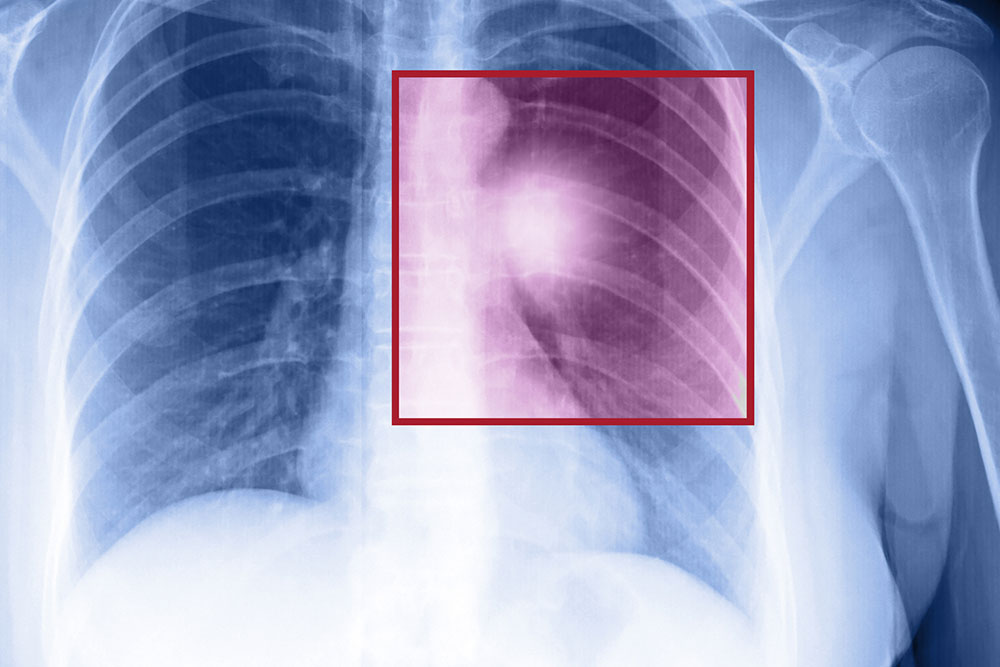Comprehensive Guide to Metastatic Lung Cancer and Treatment Options
This informative guide explains metastatic lung cancer, including its causes, symptoms, and treatment options. It emphasizes early detection and the importance of medical consultation for better outcomes. Different therapies such as chemotherapy, immunotherapy, and radiation are covered to help patients understand potential treatment pathways for this advanced disease.

Comprehensive Guide to Metastatic Lung Cancer and Treatment Options
Metastatic lung cancer occurs when cancer originating in the lungs spreads to other parts of the body. Lung cancer is among the most prevalent cancers affecting both men and women. In early stages, abnormal cells multiply within the lungs without affecting other areas. As the disease advances, it invades vital organs near the lungs such as bones, brain, adrenal glands, and liver. Understanding the causes, symptoms, and treatment options is essential for managing this condition effectively.
Continue reading to explore the causes, warning signs, and therapeutic approaches for metastatic lung cancer.
Causes of Metastatic Lung Cancer
There are two primary mechanisms by which lung cancer becomes metastatic. The first involves local expansion where a tumor invades surrounding tissues, exerting pressure until it breaches healthy barriers, cutting off oxygen and blood flow, leading to tissue decay and further tumor spread.
The second route involves cancer cells entering the bloodstream or lymphatic vessels, traveling to distant organs. These cells may lodge within lymph nodes, forming secondary tumors, and eventually establish metastases elsewhere in the body.
Symptoms Indicative of Metastatic Spread
Detecting metastasis can be tricky since symptoms are often nonspecific and vary based on affected organs. Here are common signs linked to metastases in specific areas:
Bones – About 40% of advanced lung cancer patients experience bone metastases, often presenting as severe pain and increased fracture risk.
Liver – Discomfort under the ribs, nausea, and appetite loss may point to liver involvement.
Brain – Symptoms such as headaches, confusion, fatigue, and nausea can suggest brain metastases.
Lymph Nodes – Swollen, enlarged lymph nodes are early indicators of cancer spread within the lymphatic system.
Therapies for Metastatic Lung CancerWhen treating metastatic cancer, medical focus remains on the primary site of origin—in this case, the lungs. The main treatment approaches include:
Chemotherapy – This is a cornerstone for widespread metastasis, involving intravenous administration of drugs that target and destroy cancer cells, preventing their spread. Dosing schedules allow patient recovery between cycles.
Immunotherapy – Harnessing the body's immune response, this treatment boosts immune strength with drugs designed to attack cancer cells directly by blocking their nutrient supply.
Radiation Therapy – Best suited for localized metastases, radiation uses high-energy beams aimed at cancerous sites to eliminate or shrink tumors. While normal cells may temporarily sustain damage, they typically recover over time.
Early detection and prompt treatment significantly improve outcomes, reducing the risk of further spread. Always consult healthcare professionals promptly if symptoms arise.










